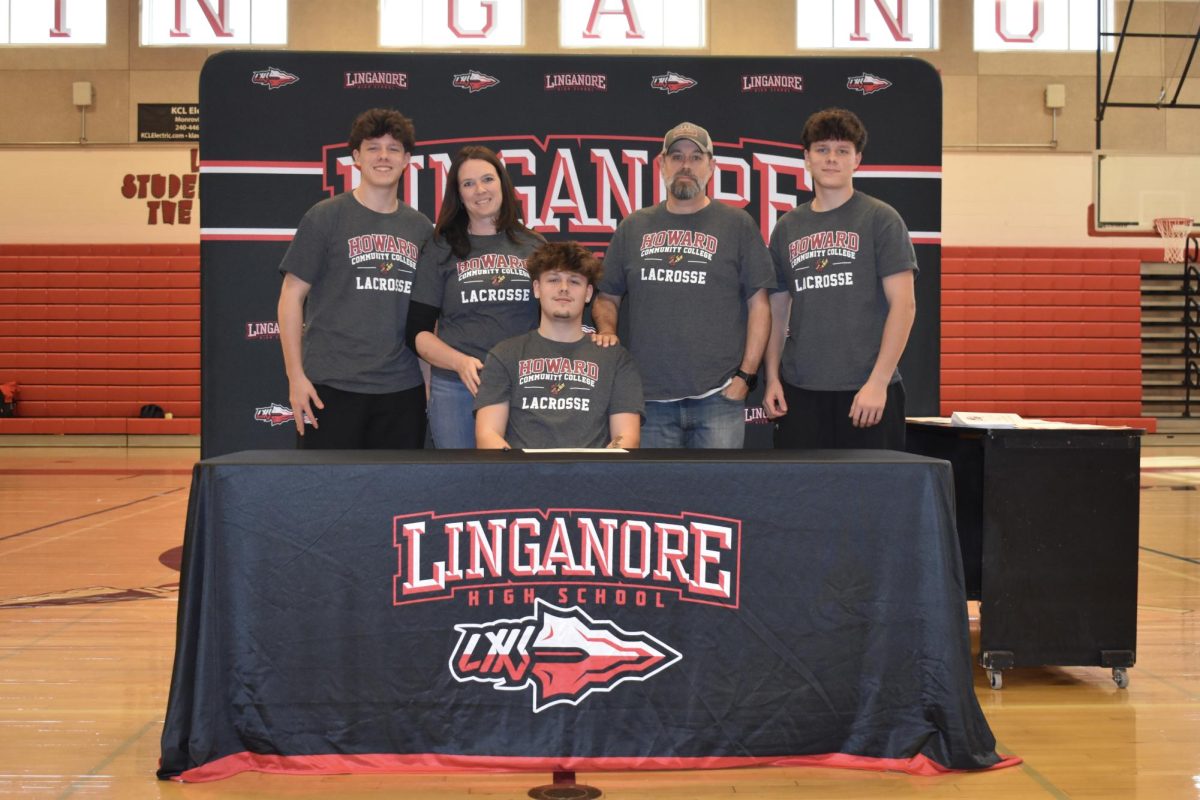What are teachers doing to help students during virtual/hybrid learning?
Darren Hornbeck’s 9/11 class looks less crowded, but mostly the same–what you don’t see is the 15+ students on the Google Meet.
March 25, 2021
Teachers are bending themselves into pretzels to accommodate students during virtual/hybrid learning as COVID has greatly impacted learning and teaching.
All students spend at least three days a week learning virtually, and more than 40% of FCPS students are fully virtual as of Term 3. This dramatically changes the way teachers teach–after three months asynchronous and one semester synchronous, now teachers are expected to teach concurrently–kids in school and at home the same time.
Teaching was difficult when every student was physically present. Now, teachers need to be very creative to be effective in establishing an authentic learning environment. And they are missing key components–looking in the eyes of students and seeing body language.
Science teacher Valerie Riley said, “Science is typically a hands-on class, so it has made it difficult to find ways to engage students without working in lab groups.”
Lab time is just one problem.
“[It’s] a lot harder!” Riley said. “With social distancing protocols it is very hard to do hands-on lab activities while at the same time include virtual students.”
Riley replaces the in-person labels with videos of labs demonstrating the concepts. It’s not the same has manipulating the materials.
Riley said, “Yes, most of the activities that were planned we are unable to do because of virtual learning. I have had to be very creative this year. I have created videos of some labs. Other labs I demo for students, and I have also found replacement virtual labs.”
Spanish teacher Leane Pupo said, “I normally watch a movie once a semester with my classes, and we have some parties with food to celebrate the culture and traditions. There were no films because I did not think they would be supported well in a virtual environment with connectivity issues.”
Teachers spend much more time using computers, leading to many teachers expanding their technology skills.
“Yes, I really have expanded my technological skills,” said Riley. “One of my favorite digital tools is Jamboard which allows students to collaborate with each other. I also use Pear Deck, Quizizz, and Padlet to increase student engagement.”
Student morale has also taken a major hit–they are struggling to feel motivated.
Pupo said, “I think hybrid learning has shown a lot of strengths in many students but also highlighted some severe weaknesses in others. Motivation is really important, and I feel some students that would normally be active are not engaged and feel depressed. It is harder to keep them in a positive mood. Overall, these students are few, but no students should ever feel like they cannot succeed.”
Since virtual learning causes complications on both sides, teachers need to make more of an effort to help students.
“I honestly LOVE having office hours and wish that would continue. It is a one-to-one or small group experience that is still within the normal school day,” said Pupo. “I think it helps students thrive. I am also able to use breakout rooms to give students more dedicated and individualized attention than if they were all in the classroom.”
What teachers are doing well is keeping students organized with many different strategies.
Riley said, “I have learned that with hybrid learning you definitely have to be flexible. I have office hours for students. I publish a detailed agenda weekly. At the beginning of each class I always go over the agenda and discuss each day’s activities and important due dates. I publish all homework on Sunday evening for the upcoming week to help accommodate students. I also try to respond to emails and Schoology messages from students in a timely manner.”
Grades are also a factor., Perhaps it is more difficult to get good grades due to lack of engagement, or easier because students get to work at their own pace.
Pupo said, “The vast majority of my students are doing really well. They are engaged and learning. I hate not being able to see their faces and feel like that connection is lost. However, there are a couple of students that are really struggling and that concerns me. Overall, grades look great and normal for all of my classes.”
With virtual/hybrid learning still continuing into the 4th semester, teachers are doing all they can to help students despite the multiple difficulties. For more information on COVID and virtual/hybrid learning, you can go to the LHS website or fcps.org.






